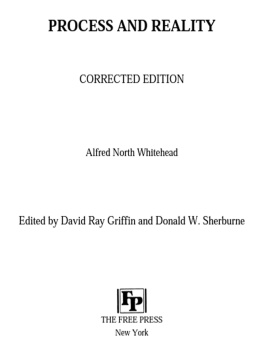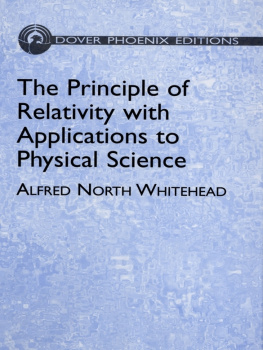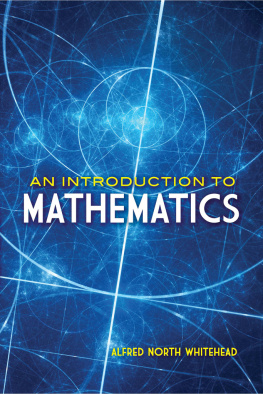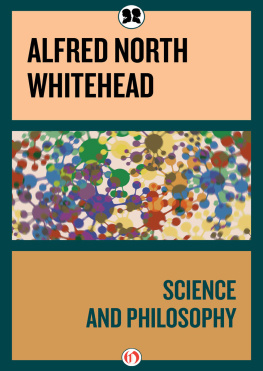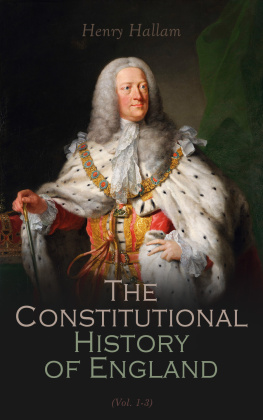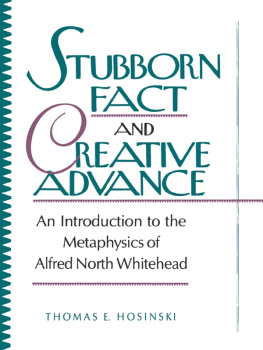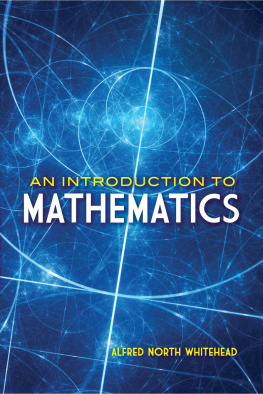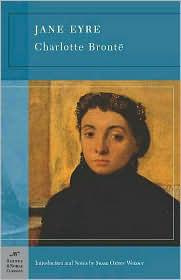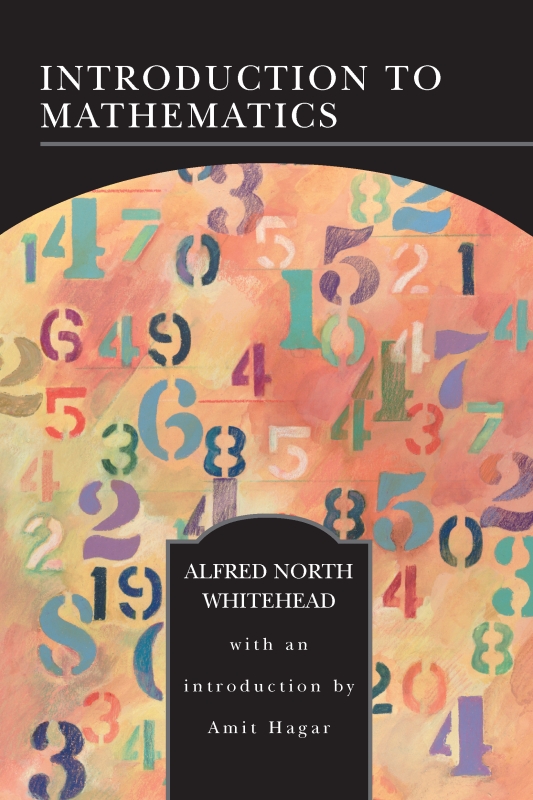
Table of Contents
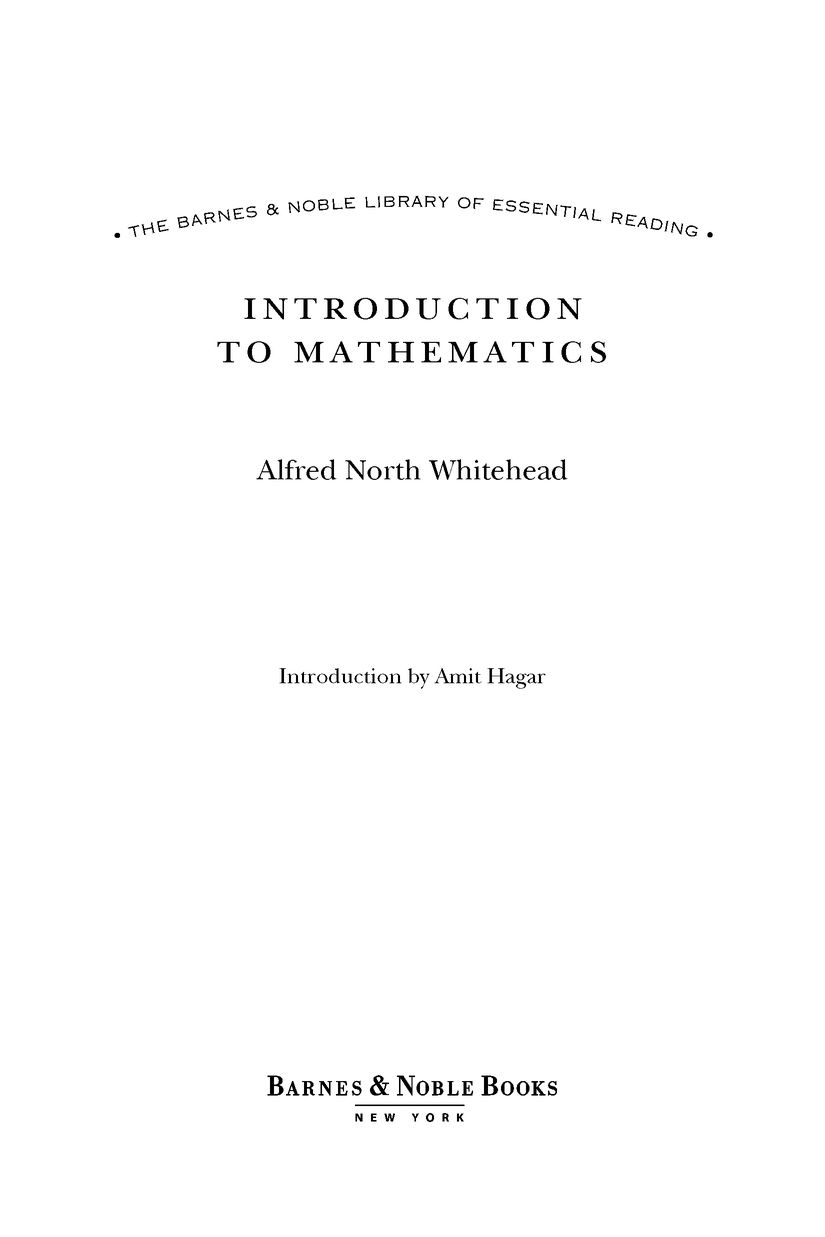
INTRODUCTION
ALFRED North Whiteheads Introduction to Mathematics is one of the most charming books ever written about the queen of the sciences. In it the great British mathematician and philosopher gives a delightful and intellectually stimulating exposition of mathematical concepts, the history of their development, and the application thereof. Expertly written with razor-sharp clarity by a brilliant man, Introduction to Mathematics is filled with precious insights and lively prose. A required reading for all those who never understood how anyone could find the subject even remotely interesting, this little gem of a book demonstrates the immense pedagogical talent of its author. While it can be easily adopted as a basis for a short class or tutorial for high-school students or science and humanities undergraduates, laymen wishing to re-familiarize themselves with the fundamental ideas of mathematics will find it more enjoyable than any other contemporary introductory book in the field.
The youngest of four children of an Anglican vicar, Whitehead (1861-1947)one of the most interesting and imaginative scholars of our erashowed no sign of the genius that he was later in life. As a scholar, his academic interests spanned mathematics, science, and metaphysics, all of which were thoroughly and carefully treated by him with a unique and original style. Guided by the intellectual honesty and the personal touch that is so characteristic of his writings, only few follow Whitehead in the rarely taken path that combines mathematics, physics, and philosophy. His ingenuity and creativity shall remain an inspiration to generations of scholars.
After winning two scholarships for studying mathematics in Trinity College, Cambridge, Whitehead was offered a fellowship as an assistant lecturer there. Despite a poor publication record, Whitehead displayed remarkable teaching skills, as readers of Introduction to Mathematics will surely appreciate, and was soon promoted to lecturer. The shift of emphasis in his career, from teaching to publishing, came with his marriage in late 1890. It was also marked by his decision to renounce Christianity. He himself stated that the biggest factor in his becoming an agnostic was the rapid developments in science; particularly his view that Newtons physics was false. It may seem surprising to many that the correctness of Newtons physics could be a major factor in deciding anyones religious views. However, one has to understand the complex person that Whitehead was and, in particular, the interest which he was developing in philosophy and metaphysics.
Whitehead left Cambridge in 1910 and went to London, and then to Harvard, where he was the chair of the philosophy department until his retirement. Apart from his metaphysics, he is perhaps best known for his collaboration with Bertrand Russell, who came to Cambridge in 1890 as an undergraduate and was immediately spotted by the talented lecturer. A decade later, the student and the master began collaborating on one of the most ambitious projects in the philosophy of mathematics, Principia Mathematica (1910), which was an attempt to supply mathematics with rigorous logical foundations. When the first volume of this monumental work was finished, Whitehead and Russell began to go their separate ways. Perhaps inevitably, Russells anti-war activities during World War I, in which Whitehead lost his youngest son, also led to something of a split between the two men. Nevertheless, they remained on relatively good terms for the rest of their lives. It was then that Whitehead turned his attention to the philosophy of science. This interest arose out of the attempt to explain the relation of formal mathematical theories in physics to their basis in experience, and was sparked by the revolution brought on by Einsteins GTR, to which he had developed an alternative in another famous book, The Principle of Relativity (1922).
Most of Whiteheads work prior to 1911 was intended exclusively for a professional audience, namely mathematicians. This was especially evident in his Treatise on Universal Algebra (1898) and in Principia Mathematica, but also in minor publications where Whitehead had mathematical physicists in mind. Introduction to Mathematics, however, was written for a broader readership. Although he no longer could assume such intense mathematical familiarity as with his previous readers, and although the subjects of higher mathematics (such as mathematical logic, group theory, analytic, non-Euclidian, and projective geometries, and integral calculus) could not be dealt with here, mathematics cognoscenti will surely agree that Whiteheads exposition of mathematics is anything but superficial. Rather, we find him profoundly dealing afresh with philosophical, historical, and applied mathematics, insofar as these topics had already appeared in his earlier works on pure mathematics.
Whitehead declares in the beginning of Introduction to Mathematics that [t]he object of the following chapters is not so much to teach mathematics, but to enable the students from the very beginning of their course to know what the science is about, and why it is necessarily the foundation of exact thought as applied to natural phenomena. The book fulfills this promise by intertwining three basic problems that had occupied Whitehead in his work up to that point: the question about the applicability of mathematics to the physical world; its essence, or nature ; and its unity, generality, and internal structure.
The unique position of mathematics is that it is apparently unconstrained by physical reality: Unlike physical laws, mathematical theorems need no empirical ratification. Their discovery, however, is equally emotionally stirring, as, says Whitehead, the discovery of the Western shore by Columbus, or the Pacific Ocean by Pizzaro. By and large, the development of mathematical concepts is driven by the innate human curiosity and by the pleasure derived from the exercise of the human faculties. But these concepts are widely applied in modern physics, and it is this successful applicability that was always at the center of attention of theoretical physicists and philosophers. The Physics Nobel Laureate Eugene Wigner, for one, called this applicability a miracle in his celebrated paper The Unreasonable Effectiveness of Mathematics in the Natural Sciences (1960), and Whitehead, a trained mathematician, has chosen this miracle to be one of the threads that unite the chapters of Introduction to Mathematics.
The question about the relation of mathematics to physics is an old one. One may even say that the mere possibility of mathematical physics is a major continental divide between rationalism and empiricismthe two famous philosophical schools that constitute early modern philosophy from Descartes to Kant. Interestingly, none of the traditional philosophies of mathematics (e.g., formalism, intuitionism, logicism) ever made an especially serious attempt to explain why mathematics works when applied to the world or even gave much of a sign that they could offer such an explanation. In contrast, this question must have occupied Whitehead since the beginning of his scientific career. His dissertation on Maxwells electromagnetic field theory as well as his first two scientific publications on special problems of the hydrodynamics of incompressible fluids testify to his strong awareness to the longstanding debate on the possibility of mathematical physics. As Christoph Wassermanna contemporary German Whitehead scholarremarks, it may also explain why Whitehead devotes so much attention to questions concerning the methods and principles of applying mathematical ideas to the phenomena of nature, and why he sees himself obliged to write that all science as it grows to perfection becomes mathematical in its ideas.
Next page



